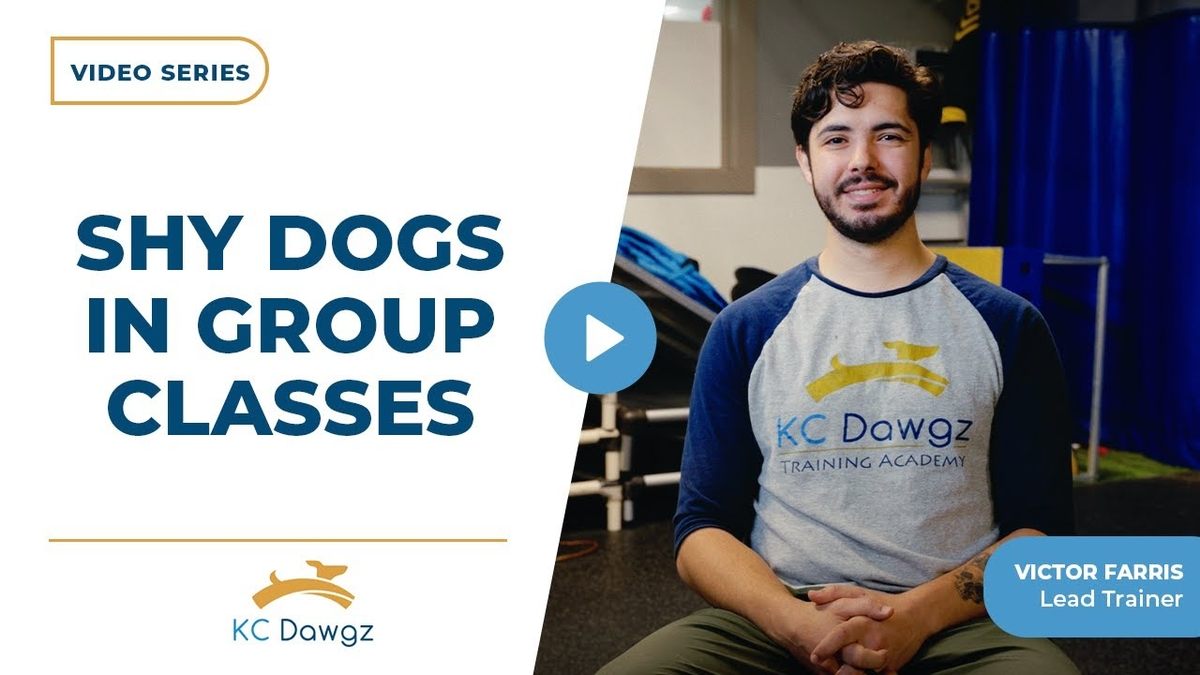Determining the most suitable training method can significantly impact what’s best for your dog’s overall development and well-being. When weighing the options between group classes and private training, it’s essential to thoroughly explore your furry friend’s behaviors and individual requirements. By understanding their unique needs, you can make an informed decision that sets them up for success on their training journey.
Understanding Niche Behaviors
Niche behaviors encompass a spectrum of issues, including resource guarding, separation anxiety, and specific behavioral challenges that necessitate tailored solutions. These behaviors demand specialized attention and a detailed approach to effectively address and modify them.
Group Classes Overview
In group classes, fostering a safe and conducive learning environment is paramount. Maintaining a low trainer-to-dog ratio ensures personalized attention, allowing each pup to thrive and progress at their own pace. These classes are particularly beneficial for sociable, outgoing dogs who relish the opportunity to interact and learn alongside their peers.
Private Training Overview
Contrastingly, private training offers a bespoke training regimen tailored exclusively to your dog’s unique needs and behaviors. This individualized approach enables targeted interventions, focusing on specific areas of improvement and facilitating more rapid progress. Private lessons provide a platform for addressing complex behavioral issues comprehensively and effectively.
Choosing What’s Best for Your Dog
When deliberating between group classes and private lessons, several factors warrant consideration to ensure optimal outcomes for your dog:
- Behavioral Needs: Assess whether your dog’s behaviors are conducive to group learning or necessitate the personalized attention afforded by private lessons.
- Socialization Opportunities: Evaluate your dog’s social skills and comfort level in group settings. Group classes provide invaluable opportunities for socialization and exposure to diverse environments, fostering well-rounded development.
- Training Goals: Define your training objectives and desired outcomes. Group classes are ideal for instilling basic obedience and manners, while private lessons cater to addressing specific behavioral challenges with precision and expertise.
- Budget and Time Constraints: Consider your financial resources and availability when selecting a training format. Group classes may offer a more budget-friendly option, whereas private lessons afford greater flexibility in scheduling and content customization.
Making the Decision
Ultimately, the optimal choice hinges on your dog’s individual needs, temperament, and your preferences as a pet owner. Both group classes and private lessons offer distinct advantages, and carefully weighing these factors will facilitate a well-informed decision that aligns with your dog’s best interests.
In Summary
Whether you opt for group classes or private training, the overarching goal remains consistent: to provide your dog with the most effective and enjoyable training experience possible. If you find yourself struggling with this decision or seeking guidance on the best approach for your furry friend, don’t hesitate to contact us. We’re committed to empowering you with the knowledge and resources needed to embark on a rewarding training journey with your beloved companion.





